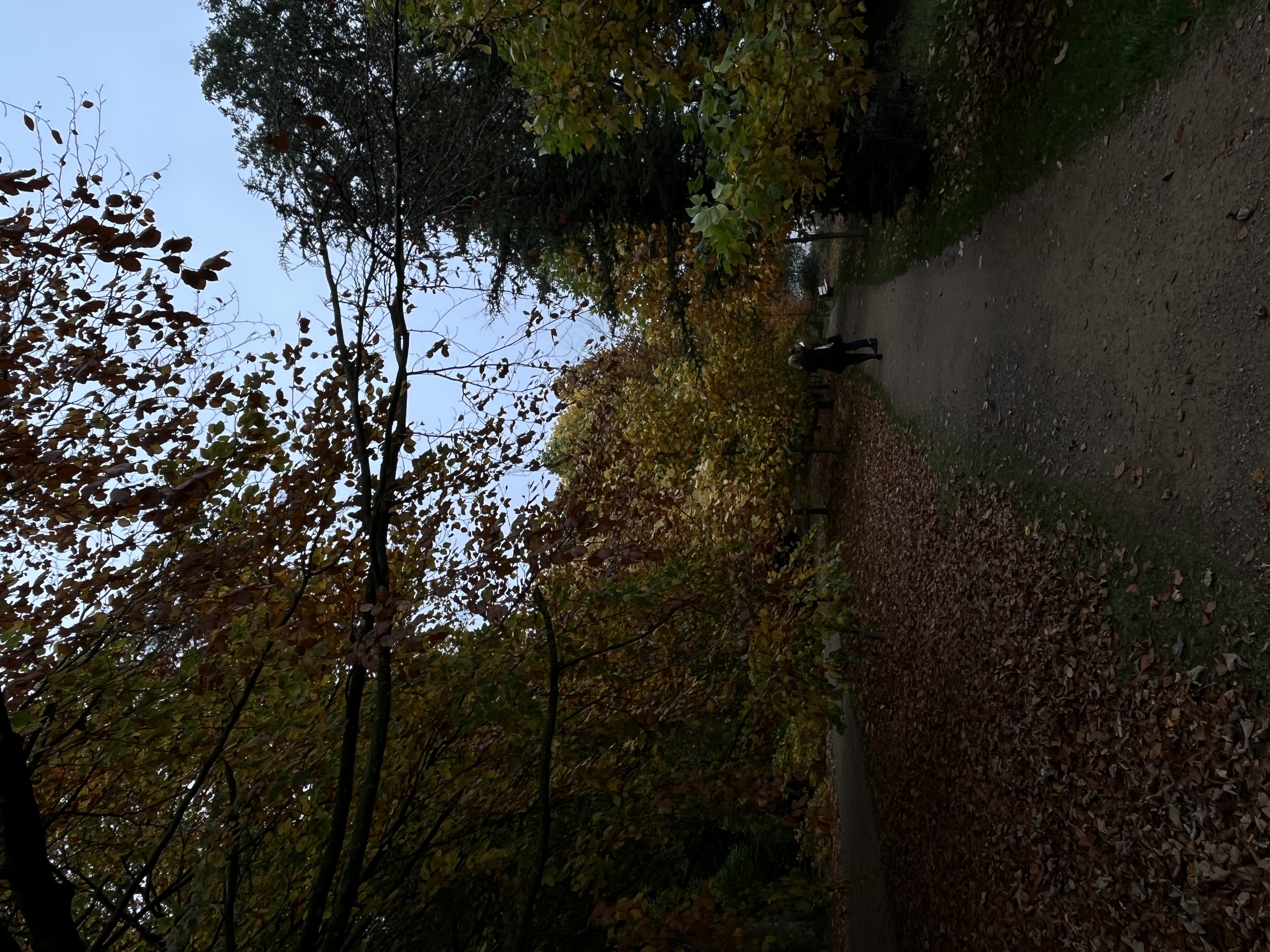A Wife in London
Cards (47)
- What should you do when reading a poem for analysis?
- What key skill is essential for GCSE English Literature?
- Who is Thomas Hardy?
- What did Hardy believe poetry concentrated?
- What did Hardy prefer to write in?
- Which Romantic writers influenced Hardy?
- What style does Hardy write in?
- How does Hardy approach writing in his naturalist style?
- What type of poetry did Hardy write based on the Boer Wars?
- How did Hardy feel about the patriotic nature of his poetry?
- Why is Hardy's perspective on war poetry considered interesting?
- What does AO3 focus on in relation to Hardy's literary style?
- What does AO4 encourage students to do with Hardy's poems?
- What were the Boer Wars about?
- Who were the 'Boers'?
- What type of economy did the stock farming Boers enjoy?
- When did the second Boer War break out?
- What did the Transvaal ultimatum demand?
- What does Hardy highlight through his poetry about war?
- What triggered the second Boer War?
- What is the structure of the poem "A Wife in London"?
- What is the first part of the poem titled?
- What is the second part of the poem titled?
- What does the use of pathetic fallacy establish in the poem?
- How does Hardy create a sense of pathos in the opening stanza?
- What does the metaphor of a waning taper suggest?
- What does the onomatopoeia in the line "A messenger's knock cracks smartly" suggest?
- What does the use of punctuation in the line "He--has fallen--in the far South Land" attempt to mirror?
- Why is the second part of the poem titled "The Irony"?
- What might the fog symbolize in the poem?
- How does enjambment affect the atmosphere in the poem?
- What effect does alliteration have in the poem?
- What does the verb 'penned' imply about the letter in the poem?
- Why does the phrase 'page-full of his hoped return' create a melancholic tone?
- How does the structure of the poem contribute to its themes?
- What are the key themes of the poem "A Wife in London"?
- How does Hardy's observer's point of view affect the poem?
- How does Hardy's presentation of people contrast to Owen's?
- How does Hardy create a sense of desertion in "A Wife in London"?
- What are the three Assessment Objectives (AOs) for the independent writing task?
